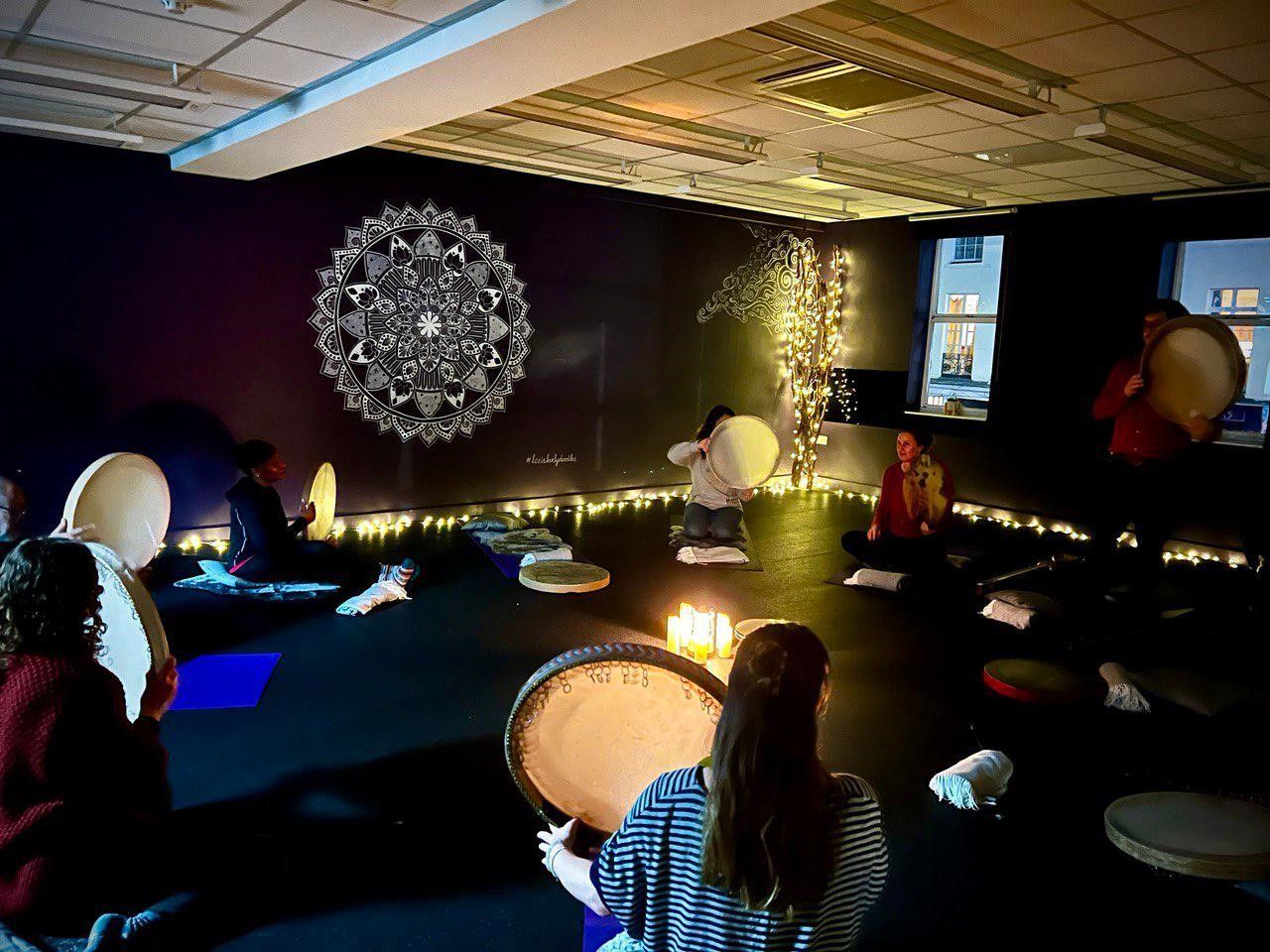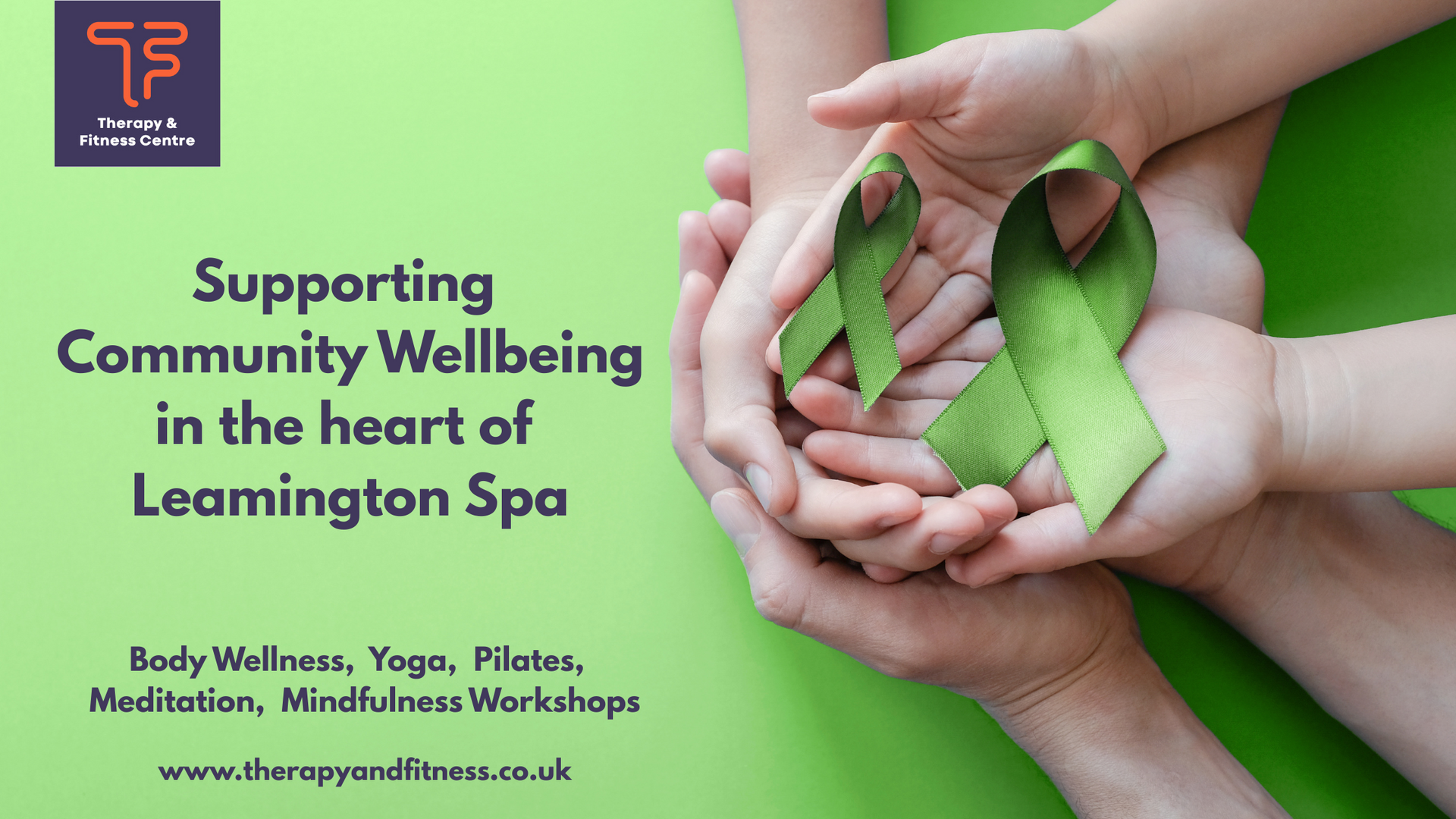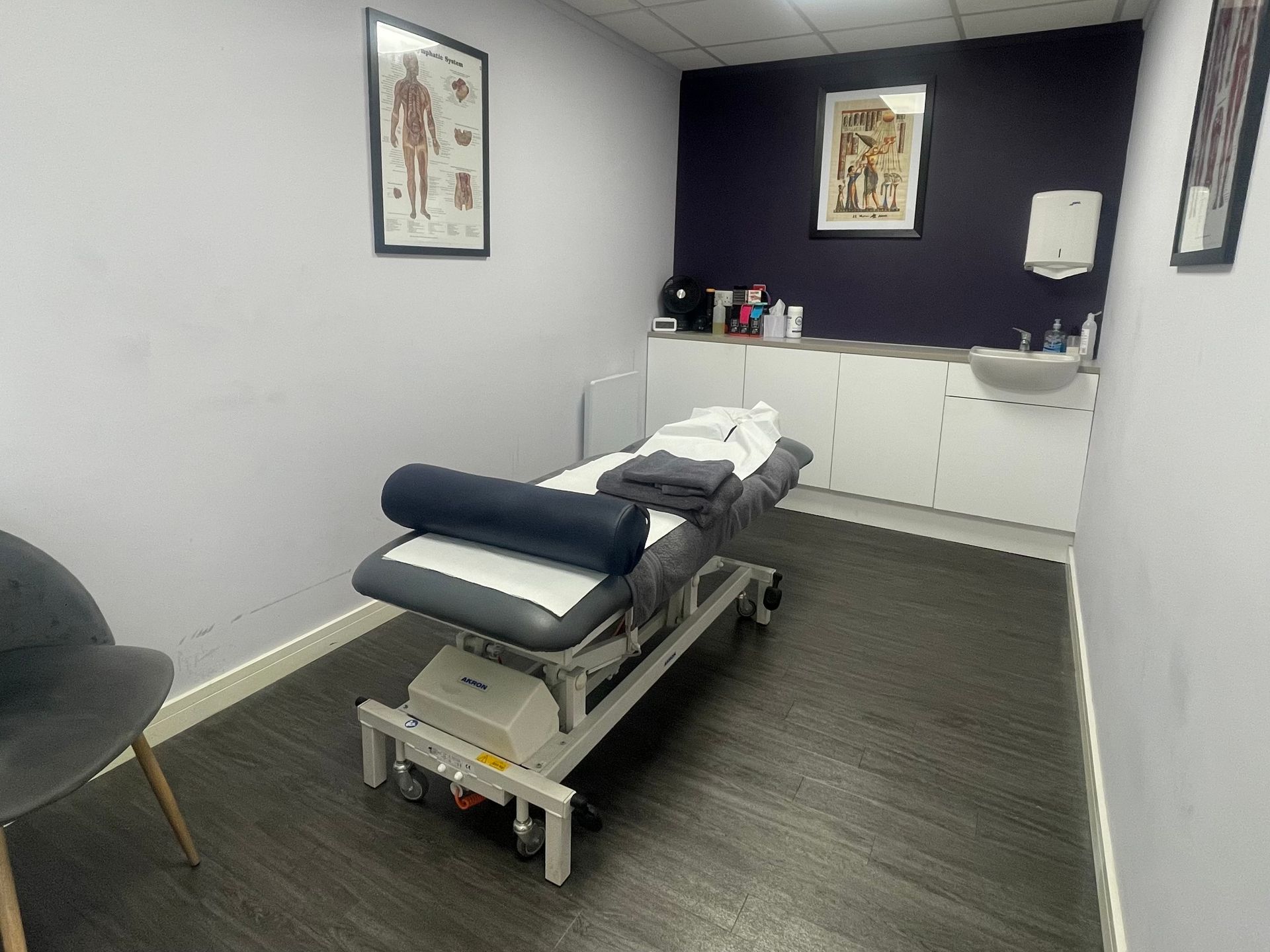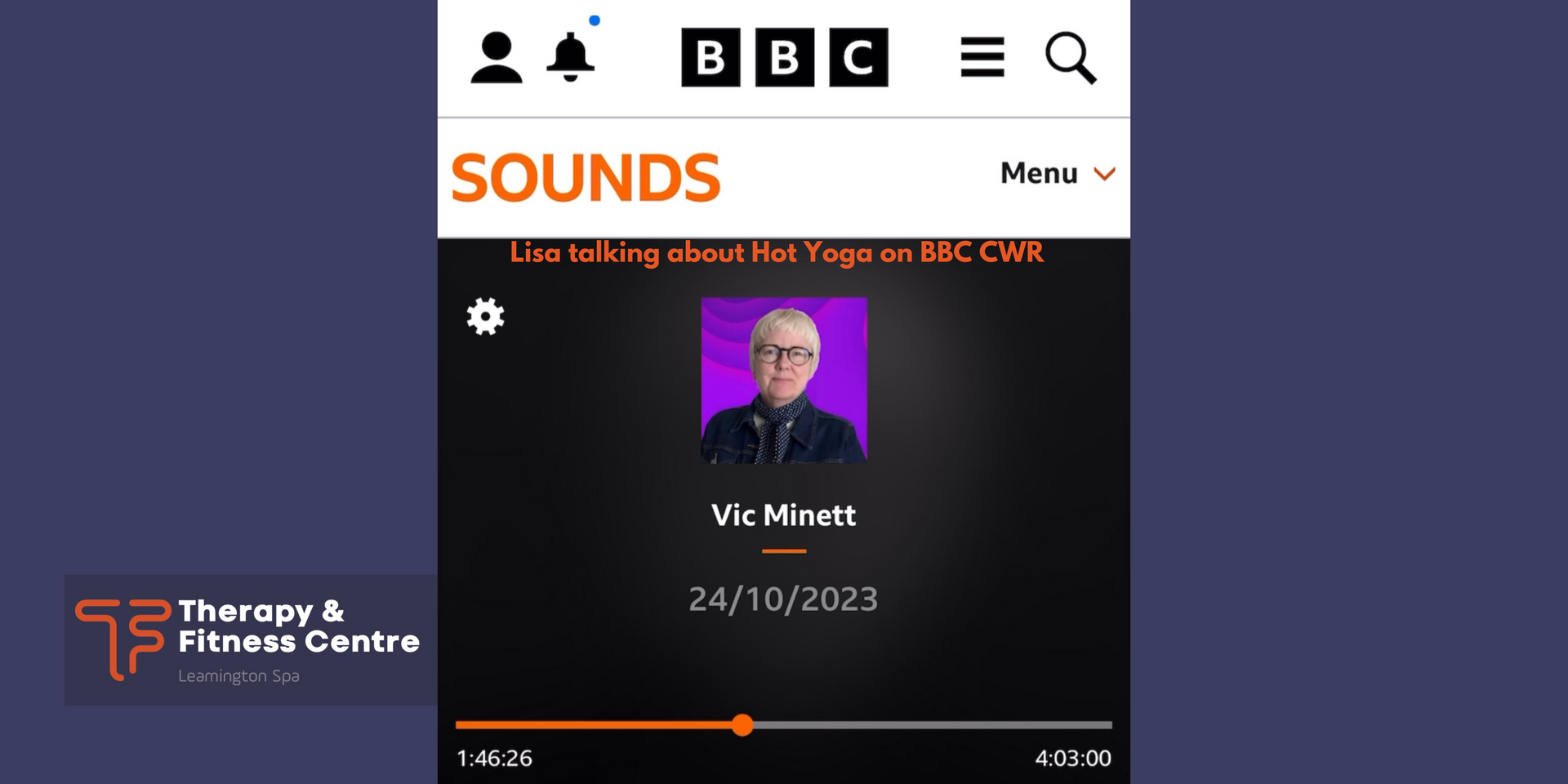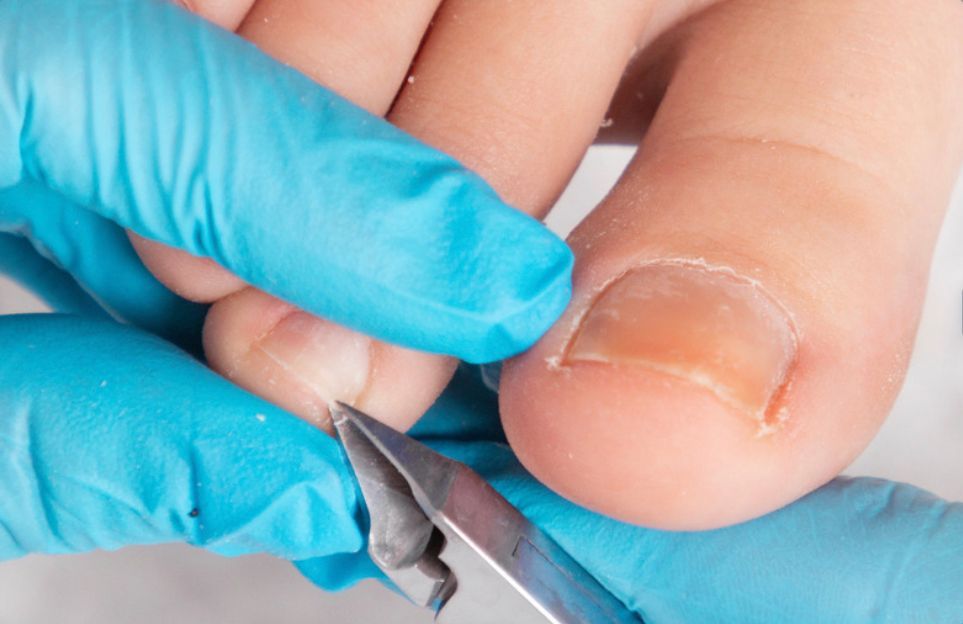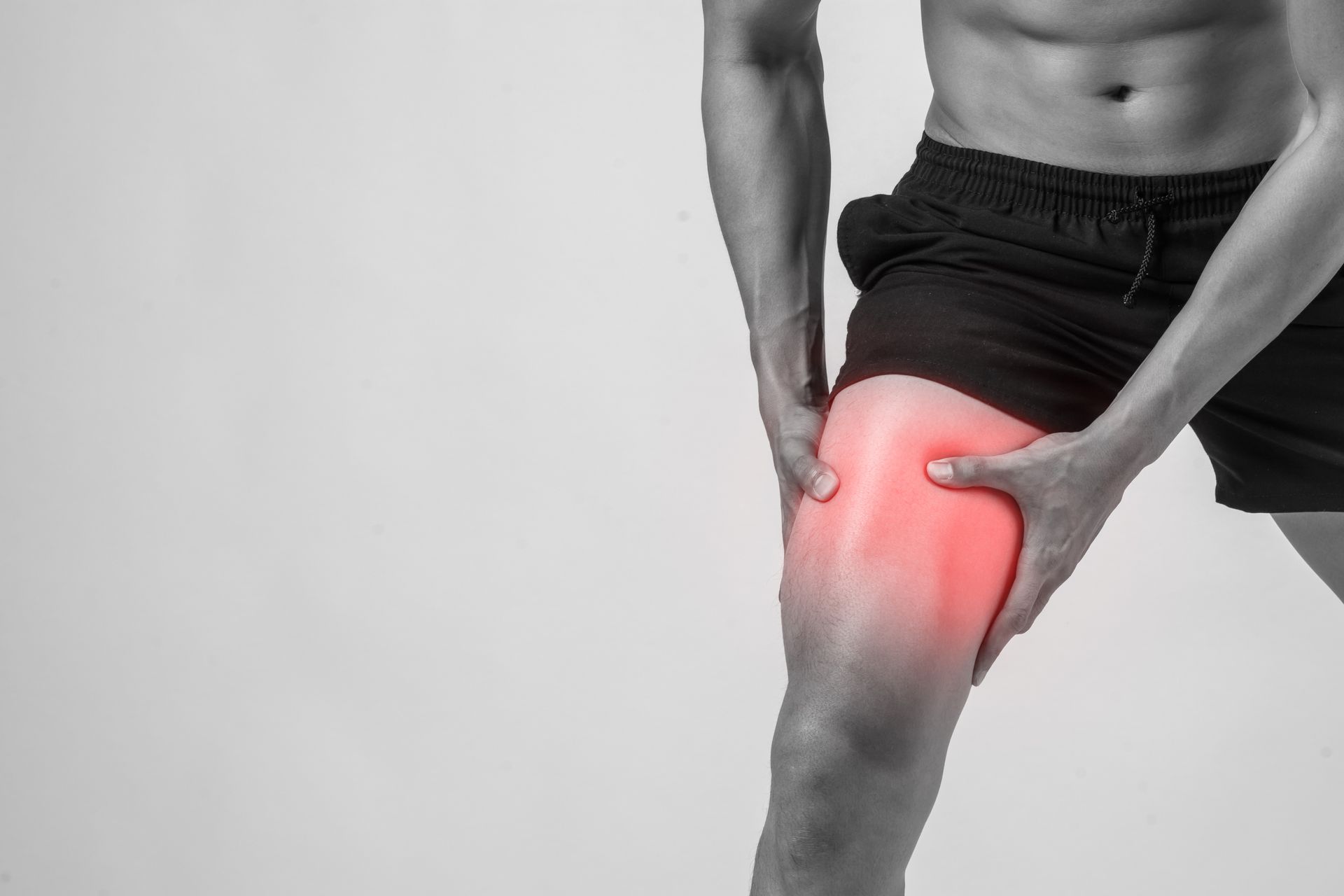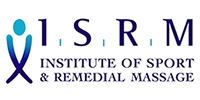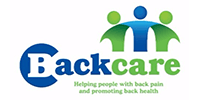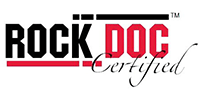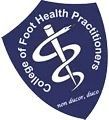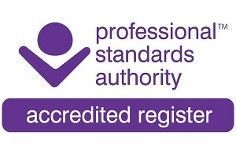Cold and Flu Home Remedies
Cold and Flu home remedies: Treat your cold at home
Being sick, even when you’re home in bed, isn’t fun. The combination of body aches, fever, chills, and nasal congestion can be enough to make anyone miserable.
There are plenty of home remedies that can alleviate your symptoms and get you back to normal.
Here's what cold and flu remedies you can conjure up at home.
Honey
Has a variety of antibacterial and antimicrobial properties. Drinking honey in hot water with lemon can ease sore throat pain. Research suggests that honey is an effective cough suppressant, too. In one study, researchers found that giving children 10 grams of honey at bedtime reduced the severity of their cough symptoms. The children reportedly slept more soundly, which also helps reduce cold symptoms.
Warning You should never give honey to a child younger than 1 year old, as it often contains botulinum spores. While they’re usually harmless to older children and adults, infants’ immune systems aren’t able to fight them off.
Lemon
Vitamin C plays an important role in your body and has many health benefits. Along with lemons there’s oranges, grapefruits, leafy greens, and other fruits and vegetables that all contain this vitamin, lemons are a good source of vitamin C and adding fresh lemon juice to hot water & honey may reduce phlegm when you’re sick.
Ginger
The health benefits of ginger have been touted for centuries, but now we have scientific proof of its curative properties. A few slices of raw ginger root in boiling water may help soothe a cough or sore throat, it’s a great expectorant so helpful with eliminating phlegm off your chest so add some to your honey & lemon drink.
Research suggests that it can also ward off the feelings of nausea that so often accompany influenza.
Echinacea
Native Americans have used the herb and root of this plant to treat infections for more than 400 years. Its active ingredients include flavonoids, which have many therapeutic effects on the body. For example, flavonoids can boost your immune system and reduce inflammation. Research on the herb’s effectiveness at fighting the common cold and flu has been mixed. But tests now show that taking echinacea may lower your risk of developing the common cold by more than 50 percent and it may also reduce the length of a cold.
Chicken Soup
That home made chicken soup may not be a cure-all, but it’s a great choice when you’re sick. Research shows that enjoying a bowl of chicken soup with vegetables, prepared from scratch (boiling the carcass) can slow the movement of neutrophils in your body. Neutrophils are a common type of white blood cell.
They help protect your body from infection. When they’re moving slowly, they stay more concentrated in the areas of your body that require the most healing. The study found that chicken soup was effective for reducing the symptoms of upper respiratory infections in particular and the bones also provide essential minerals and amino acids that our body’s need.
Eucalyptus
Some might not like the smell, but there’s quite a few products such as vapour rub, olbas oil and sinus inhalers that contain this essential oil. It reduces cold symptoms and relieves congested sinuses by acting on receptors in the nasal mucus membranes reducing nasal mucus and allowing the air passages to open up combating congestion and clearing the head. Sprinkle a few drops onto a handkerchief or the top corner of your pillow to allow easy breathing and improve sleep.
Warning do not use on children younger than 2 years. There is a product called ‘baby olbas oil’ especially formulated for babies and do not use if you suffer with epilepsy s it may trigger seizures.
Let’s hope we can all keep cold and flu free this winter and if we do happen to get one let’s act quickly and treat it at home.

